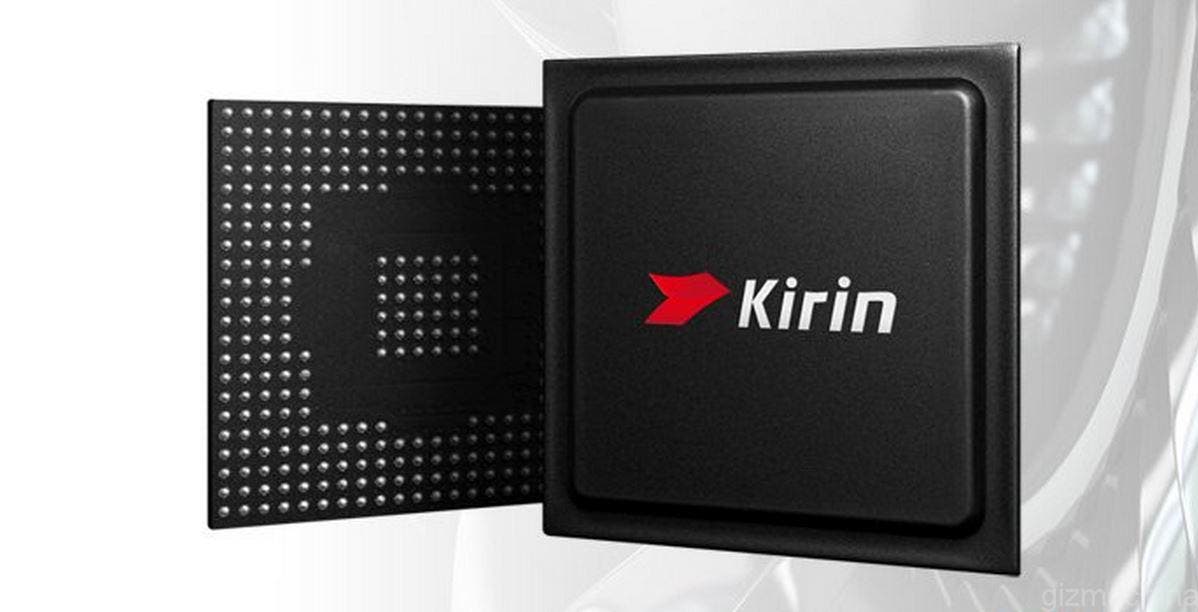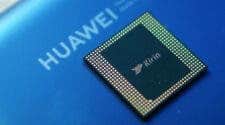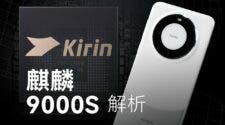Starting from 2009, Huawei’s Kirin chip has become the first representative of the Chinese mobile SoCs with years of technical research and cost-free R&D investment. The performance of the CPU and GPU has reached the first-line level. So it is competing with the world’s top mobile chips quite successfully.
The Kirin 970 chip was the first mobile chip with an NPU neural network computing unit. As for now, Qualcomm, MediaTek, Samsung, Apple, and other companies that are world leaders in the niche, can’t design a chip without AI.
On August 31, at the IFA2108 in Berlin, Germany Huawei will release a new generation of Kirin chips, the Kirin 980. This is the world’s first commercial 7nm SoC, representing the highest level of Kirin chips. It is expected that Kirin 980 will once again greatly improve the performance of CPU and GPU, and upgrade the built-in NPU neural network computing unit to become ‘smarter.’
Today, Huawei summarized the history of Kirin chips development. From the world’s first quad-core SoC, the Kirin 910 to the current model, the Kirin 970. Huawei has made breakthroughs in innovation. The process technology has been greatly improved. So the smartphones’ performance has become smoother.
Kirin 910: 28nm, the world’s first quad-core SoC chip, paired with the Mali 450MP4 GPU graphics processor.
Kirin 920: 28nm, the world’s first octa-core SoC chip, and the first to support LTE Cat.6.
Kirin 930: 28nm, 64-bit octa-core SoC chip, Soft SIM supports ‘skyline’ function.
Kirin 950: The first 16nm chip, Mali T880 debuted with it, and the self-developed ISP technology greatly enhances the camera experience.
Kirin 960: Uses the 16nm process node, the first commercial A73 chip, with a Mali-G71, UFS2.1, and a built-in security engine, namely inSE.
Kirin 970: Uses the 10nm manufacturing process, Huawei’s first artificial intelligence mobile computing platform, and comes with HiAI mobile computing architecture.






